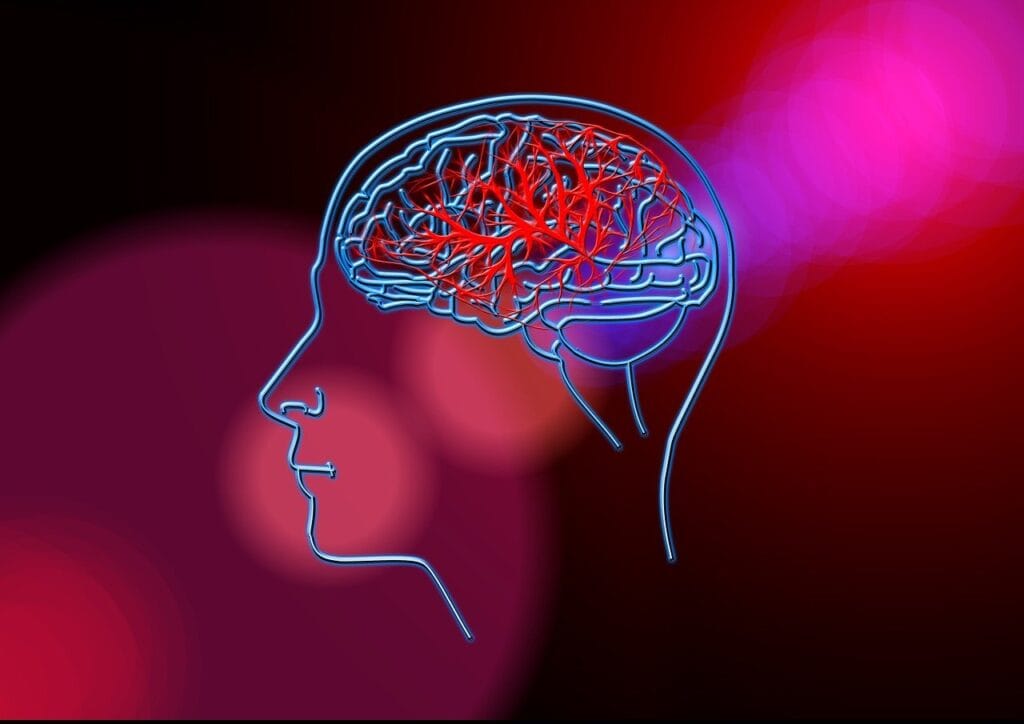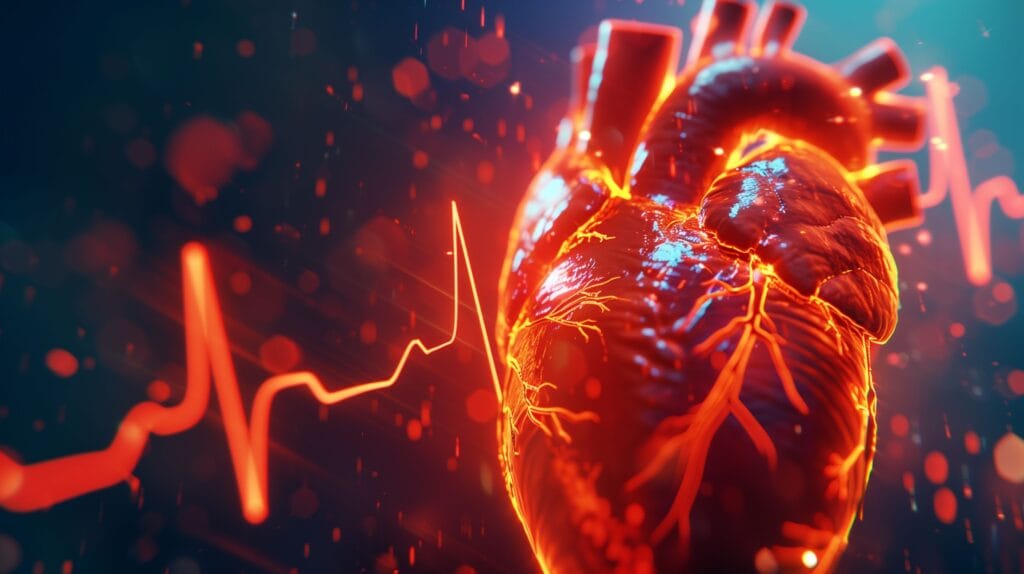Microplastics, which are bitsy plastic patches lower than five millimeters, may pose serious health hazards, according to recent studies. Although the goods of microplastics on the terrain have been well delved into, new exploration indicates that they may also enter the mortal body and beget serious health issues, especially with regard to cerebral blood inflow.
Table of Contents
Routes via Which Microplastics Enter the mortal Body
There are several ways that microplastics might enter the mortal body

- Ingestion: Ingestion Microplastics enter the digestive tract through the consumption of alloyed food and drink. Microplastic patches have been discovered in fruits, vegetables, drinking water, seafood, and table swabs, according to studies. One of the main sources of microplastic impurity has been set up to be bottled water.
- Inhalation: Inhalation The respiratory system may be exposed to airborne microplastics from menage dust, synthetic fabrics, and artificial emigrations. These airborne patches may reach the rotation after settling in the lungs.
- Dermal Absorption: Dermal immersion patches may enter the skin through contact with microplastics set up in particular care particulars like exfoliants and cosmetics that contain microbeads. Indeed, though this is seen as a less important path, exploration is still being done in this field.
These patches have the capability to access the bloodstream formed inside the body and go to the brain and other organs.
Microplastics’ Effect on Brain Blood Flow
In a study, scientists from Beijing’s Chinese Research Academy of Environmental Sciences used high-resolution ray-grounded imaging styles to track the migration of microplastics in mouse brain blood highways in real time. The results showed that vulnerable cells loaded with microplastics lodged in the cortex’s blood channels, causing blockages. Towel function was laterally hampered by these blockages, which obstructed the original blood rotation.

In addition, the study set up that mice with bloodstream microplastics performed worse on tests of collaboration, memory, and locomotion than mice without microplastics, suggesting possible neurological and cognitive impacts.
Possible impacts of Blocking Blood Flow
Multitudinous health hazards could affect from microplastics in the circulatory system, similar to
- Reduced Oxygen Supply to Brain Tissue: Dropped oxygen supply to brain towel hypoxia, which can harm neurons, results from disabled oxygen delivery to brain cells caused by reduced blood inflow.
- Inflammation and Oxidative Stress: Habitual inflammation and oxidative stress, which may be linked to neurodegenerative ails, are caused by microplastics’ capability to set off an immunological response.
- Increased Risk of Stroke: Increased Stroke threat Blood clots that form as a result of vascular inhibition can increase the threat of strokes, which can have major neurological goods.
- Blood-Brain Barrier (BBB) Disruption: Dislocation of the blood-brain barrier (BBB) Microplastics and the chemicals they contain, like phthalates and bisphenol A (BPA), may make the hedge that protects the brain from dangerous substances less effective.
Mechanisms of Blood Flow dislocation Caused by Microplastic
According to the exploration, microplastics vitiate towel function by gumming blood vessels’ cells, which lowers blood inflow, rather than by directly entering brain towel. This process, which is analogous to thrombus conformation, can lead to problems in the nervous system. Among the top mechanisms are
- Physical Blockage: Physical Blockage As microplastics make up in blood vessels, capillaries and highways, they shrink in periphery, which limits blood inflow.
- Cellular Interference: Cellular Interference By converting an immunological response that leads to the buildup of vulnerable cells inside highways, microplastics disrupt regular cellular exertion.
- Chemical Toxicity: Chemical toxin Dangerous composites set up in numerous plastics have the potential to enter the bloodstream and destroy brain and circulatory structures.
Neurological Conditions Associated with Exposure to Microplastics
Enterprises regarding microplastics’ involvement in neurological ails are raised by their capacity to obstruct blood inflow and insinuate the brain. The following are possible affections associated with exposure to microplastics:
- Alzheimer’s Disease: Alzheimer’s Disease Neurodegenerative ails like Alzheimer’s may progress more snappily in the brain due to habitual inflammation and oxidative stress.
- Parkinson’s Disease: Parkinson’s Disease Neuronal damage linked to Parkinson’s complaint may be aggravated by the buildup of dangerous composites in the brain brought on by exposure to microplastics.
- Cognitive Impairment and Memory Loss: Memory loss and cognitive impairment exploration indicates that microplastics may have a mischievous effect on cognitive capability, memory retention, and brain function.
- Mood and Behavioral Disorders: Mood and Behavioral diseases According to some data, microplastics and the chemicals they contain may interfere with endocrine function, which could lead to mood diseases like anxiety and sadness.
Effects on Human Health
Despite the fact that the study was carried out on mice, the results raise questions regarding the possible health effects on people. multitudinous health problems may be connected to the bloodstream’s microplastic content and its capacity to obstruct blood vessels, including

- Increased Cardiovascular Risk: Increased Cardiovascular Risk Blood vessel blockages may make people more susceptible to heart attacks, strokes, and other cardiovascular conditions.
- Compromised Immune Function: Immunological system dysregulation brought on by prolonged exposure to microplastics may compromise immunological function, leaving the body more vulnerable to infections and long-term inflammation.
- Potential Developmental and Reproductive Effects: Possible goods on Development and Reproduction Certain plastic components have endocrine-disrupting particles that may have an impact on fertility, fetal development, and hormonal balance.
Minimizing Exposure to Microplastics
While it’s presently insolvable to fully annihilate microplastics, there are many way that can help lower exposure

- Use Filtered Water: Use Filtered Water To exclude microplastics from drinking water, use high-quality water pollutants.
- Reduce Plastic Consumption: Minimize Plastic Use Choose biodegradable and applicable accoutrements rather than plastic holders and packaging.
- Choose Natural Fibers: Select Natural filaments Organic cotton, hair, or hemp might lessen exposure to microplastics that are released by synthetic fabrics when they’re washed.
- Avoid Personal Care Products with Microbeads: Avoid Personal Care Products with Microbeads Look for polyethylene (PE) or polypropylene (PP) in component lists; these are constantly present in exfoliants and cosmetics.
- Improve Indoor Air Quality: Enhance Inner Air Quality To cut down on airborne microplastics in the house, use air cleansers and vacuum frequently.
Conclusion
The eventuality for cerebral blood inflow dislocation and the infiltration of microplastics into the mortal body punctuate the need for further disquisition to completely comprehend the range of their health goods. The adding body of exploration relating microplastics to problems with blood rotation and pitfalls to brain health emphasizes how critical it is to put pollution control measures in place and borrow aware life choices to reduce exposure.
To safeguard human health, it is critical to evaluate and reduce the amount of microplastics, which are still widely present in our environment.














